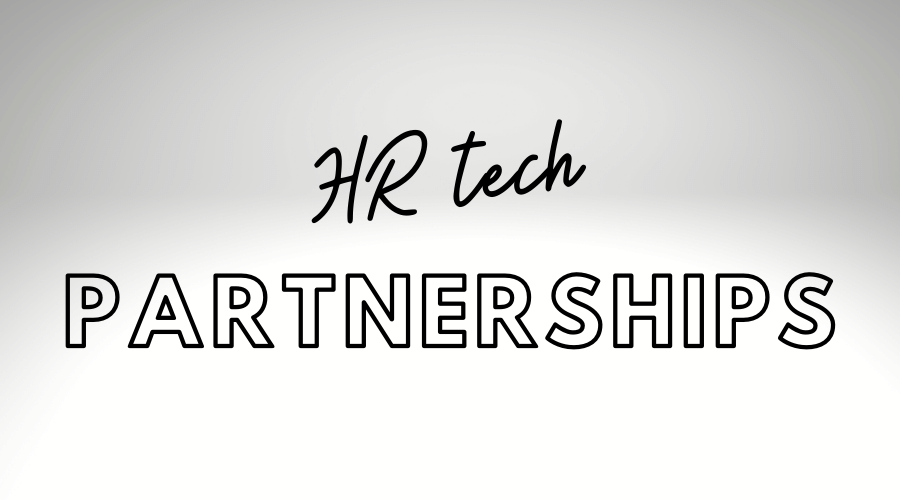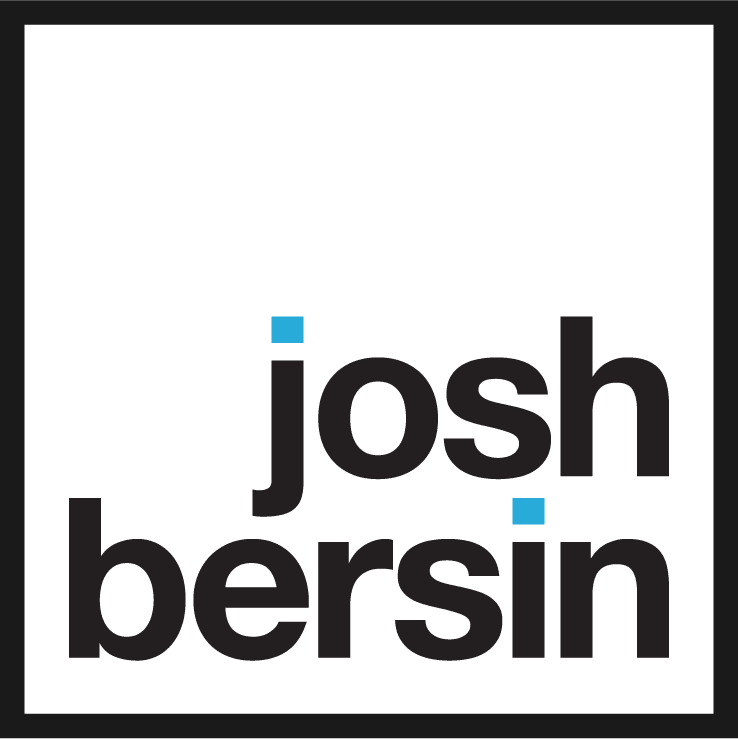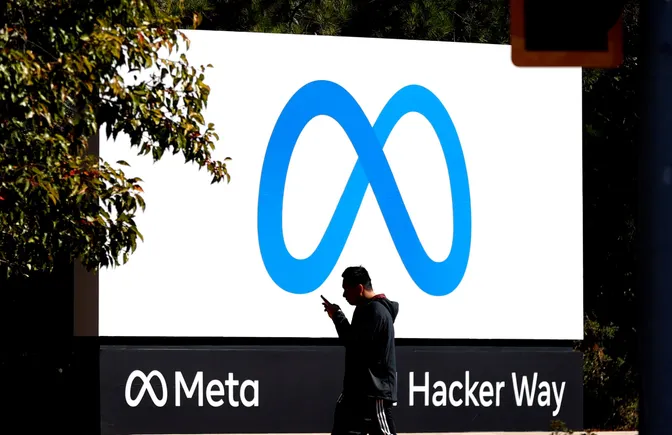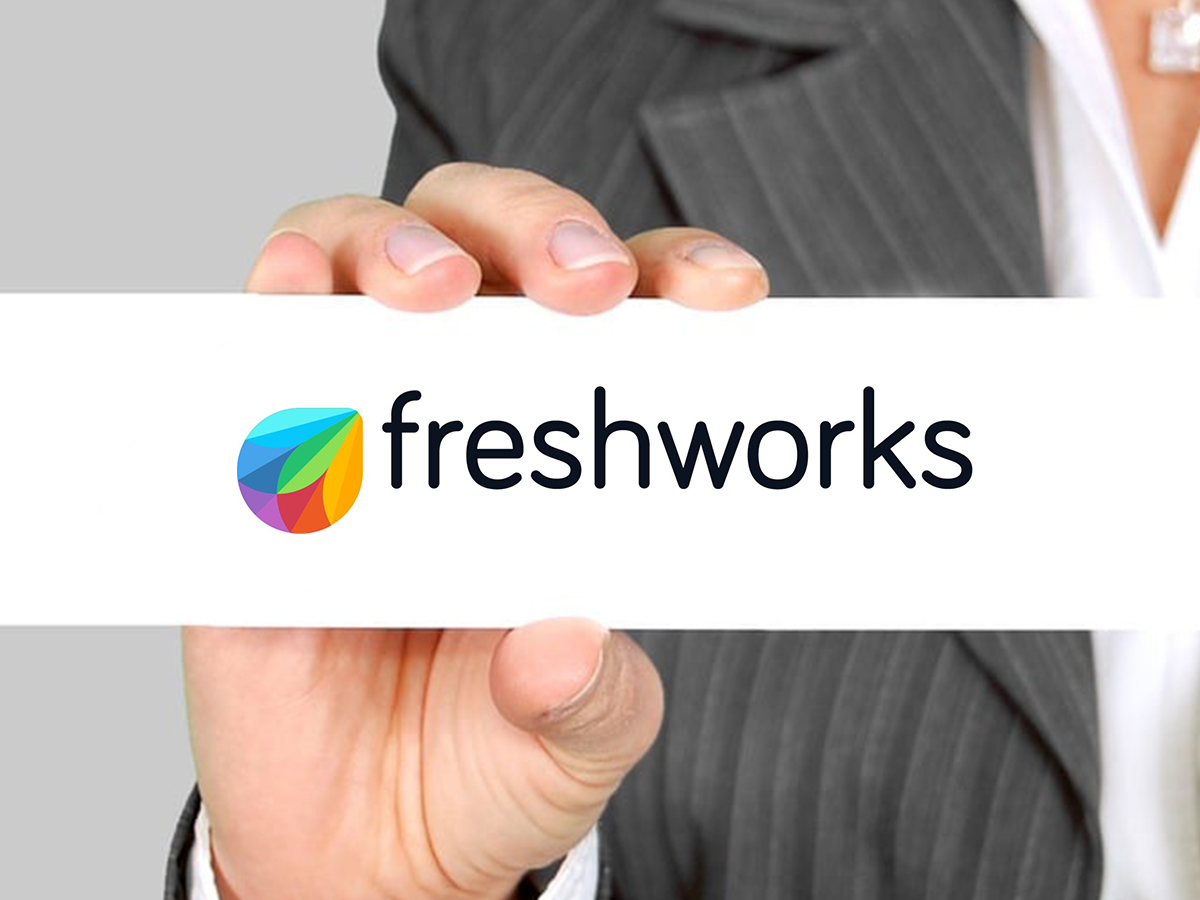According to JLL’s recent occupancy research, portfolio optimization has emerged as the top priority for corporate real estate professionals. Companies are reshaping their approach to office space by reducing and standardizing individual workstation sizes while shifting from dedicated desks to flexible, shared workspace arrangements.
This strategy has two main reasons behind it:
- Improving office occupancy
- Improving overall space density.
The explanation behind this trend becomes clear when examining current performance gaps: JLL reports that global office utilization stands at just 54% in 2025, falling significantly short of the desired 79% target rate.
Now, I’ve just mentioned several occupancy metrics. Let’s take a look at the most important workplace occupancy metrics, how they can be tracked, and how workplace professionals can use them in making decisions.
Essential Occupancy Metrics for Modern Workplaces

Here are the most important occupancy metrics, as per how they’ve been rated in the JLL research. Let’s take them one by one:
Utilization rate: Measures what percentage of time individual workstations are used during designated business hours. Organizations that track utilization data have continued to increase (from 62% in 2019 to 74%), this proving its importance.
Occupancy rate: Indicates the proportion of seats that have been allocated to specific individuals or teams for routine usage.
Cost per seat: Represents the operational costs needed to maintain each workstation or desk. It ranks third proving that by measuring this metric workplace experts can increase space efficiency and optimize real estate costs.
Density: Determined by dividing total office square footage by either employee headcount or available seating capacity.
Space function ratio: Examines the distribution balance between various workspace categories, including private workstations versus collaborative areas.
Vacancy rate: Shows the percentage of intentionally unassigned seats maintained for operational flexibility and future expansion needs.
When doing measurements, organizations have different approaches. The predominant methodologies include daily peak averaging (52%), weekly peak analysis (47%), targeted weekday assessment (46%), and mandatory office day tracking (20%). Each approach provides distinct perspectives on workforce attendance trends and spatial utilization patterns.
However, many organizations face a significant challenge: inadequate data collection and management systems hinder their ability to track all these metrics effectively.
How can these metrics be tracked? There are 4 main methods:
- Badge swipe data (90%) is still the most common and cost-effective method
- Reservation systems (49%) are growing in popularity as organizations implement more apps for booking desks, or shared spaces like meeting rooms or parking spots.
- Visual observations (41%) are still being used despite the growth of automated tracking methods.
- Space sensors use various technologies to detect the presence of people in a space, such as Passive Infrared (PIR), ultrasonic, and video image processing.
The Benefits of Tracking Office Occupancy
So, we tracked some occupancy metrics. What now?
Let’s see what companies can achieve when tracking occupancy. Here are some clear benefits of tracking occupancy metrics for companies:
- Reduce real estate costs: 55% of businesses using occupancy data successfully reduced their overall office footprint, cutting significant lease and operational expenses. Companies now know which locations to keep, consolidate, or eliminate based on actual utilization patterns rather than assumptions.
- When giving up on manual bookings for desks, rooms, or parking spots, and deploying reservation platforms, companies that can boost parking efficiency by 30% and reduce administrative workload by up to 90%. This way manual work is reduced, and office admins can focus on more important activities.
- Design effective hybrid work policies: Use attendance data to create flexible work arrangements that balance employee preferences with space optimization goals.
- Negotiate better lease terms: Leverage concrete occupancy data during lease renewals to secure favorable rates or exit underperforming locations
- Improve employee experience: Identify and eliminate consistently underutilized spaces while enhancing high-traffic areas that drive collaboration and satisfaction
- Optimize building operations: Align cleaning schedules, HVAC systems, and security resources with actual occupancy patterns to reduce waste and improve efficiency
- Future-proof workplace strategy: Track trends over time to anticipate changing work patterns and adapt spaces proactively rather than reactively
- Strategically plan space variety: Determine the optimal mix of collaborative, focused, and social spaces based on how employees use different work environments.
How Reservation Systems Can Drive Your Occupancy Strategy. The Tidaro Example.
The encouraging news is that effective occupancy data collection doesn’t require expensive tech. I’ve mentioned before that companies can use badge swipes or sensors to obtain occupancy data. But the implementation and maintenance of such systems can be expensive.
Here’s where workplace reservation platforms (e.g. Tidaro) have a clear advantage. By not relying on hardware, they can be easier to implement and maintain. It’s even easier to scale when teams are growing.
Let’s see how they work!
To achieve higher utilization benchmarks, companies are strategically planning to expand seat sharing ratios from the current 1.1 average to 1.3 individuals per seat. Simultaneously, they’re working to improve density metrics, reducing space allocation from 165 to 132 square feet per person (or from 164 to 151 square feet per seat).
This approach positions hybrid work models as the best strategy for space efficiency maximization, supported by reservation technology infrastructure.
Organizations can implement shared booking systems for three primary resource categories: workstations, meeting rooms, and parking spaces.
Tidaro, for example, addresses all three areas through its modules.
A workplace booking application like Tidaro delivers several strategic advantages:
Autonomous booking capability allows employees to reserve spaces on their own without any help from office admins or managers.
Social coordination features enable staff to view colleague locations, creating in-person collaboration opportunities.
Analytics and reporting tools provide administrators and facility managers with detailed insights into space utilization patterns and essential metrics including occupancy rates.
Tidaro’s analytical capabilities deliver valuable business intelligence including:
- Utilization percentages spanning the entire office environment.
- Traffic pattern analysis for high-activity zones and parking areas.
- Detection of underused spaces.
- Peak attendance day insights for optimizing collaborative schedules.
- Employee workspace preference data to guide future furniture and layout investments.
- Weekly attendance patterns.
On top of all these, through Tidaro’s room booking and parking management systems, organizations can achieve:
- Up to 30% improvement in parking facility efficiency.
- Administrative workload reduction of up to 90%.
- Complete utilization of available parking capacity.
- Parking usage monitoring for cost reduction identification.
- Elimination of meeting room scheduling conflicts and no-shows.
- Analysis of conference room demand patterns, peak usage periods, and meeting duration trends.
Tidaro: your app for efficient office management. Whether you want to optimize the usage of desks, meeting rooms, or parking spaces, Tidaro has your back. Its workplace analytics capabilities help you convert occupancy data into practical insights. Tidaro enables organizations to realize significant cost reductions while developing high-performance hybrid work environments.
Want to find out more? Visit https://www.tidaro.com/, or take Tidaro for a free ride here: https://www.tidaro.com/try/.




















